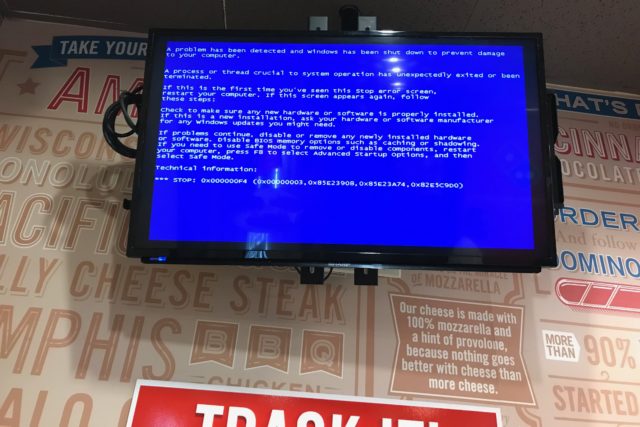For days I’ve wondered about making one last Pizza Hut order—a final reach for what was before embarking on what is. Should I take away, like usual, or choose delivery? Last night, on my wife’s advice, I chanced pickup and nearly dropped the pies on the way to the car. Marketing messaging on the box caused me to laugh uncontrollably. Oh, and I desperately needed the chuckle, as do many more of us. “March Madness”: How ironically appropriate for circumstances.
The SARS-CoV-2 (severe acute respiratory syndrome Coronavirus 2)—better known as COVID-19—pandemic is upon us. As I started warning family more than a month ago, the contagion is a transformative event unlike anything experienced by human society for many generations. Everyone’s lifestyle will change. The world we knew is gone. Poof!











